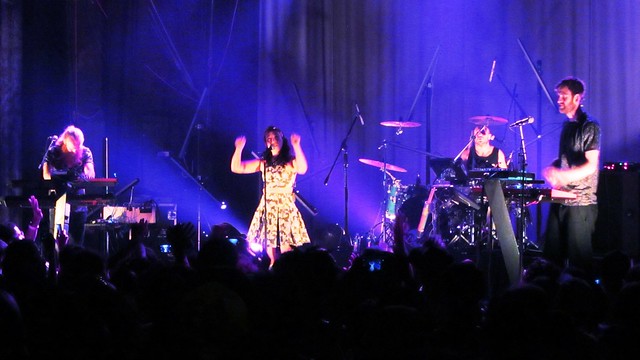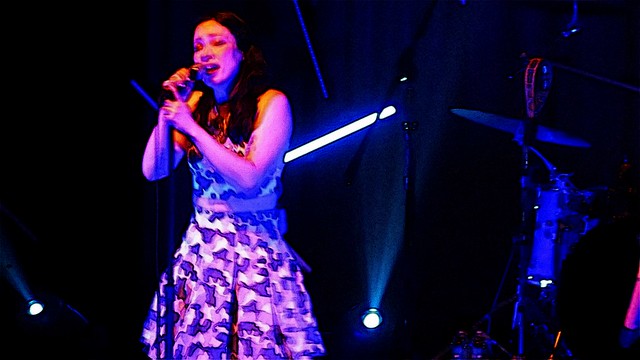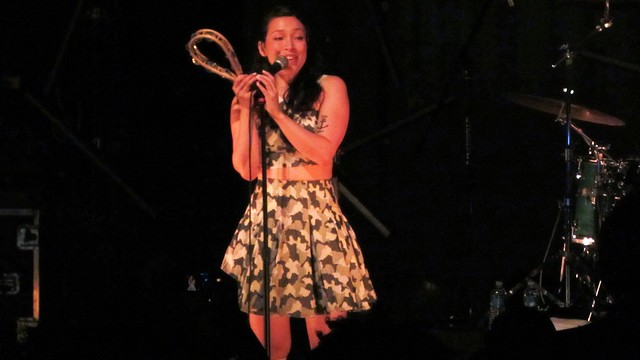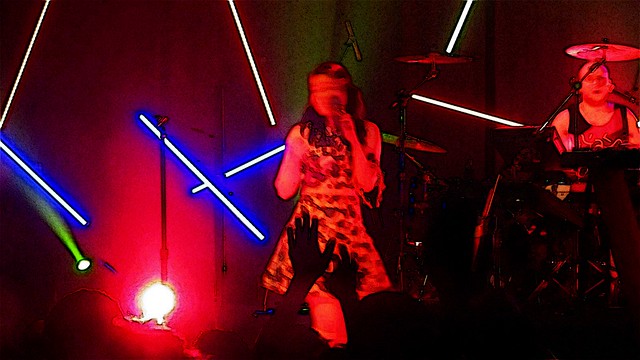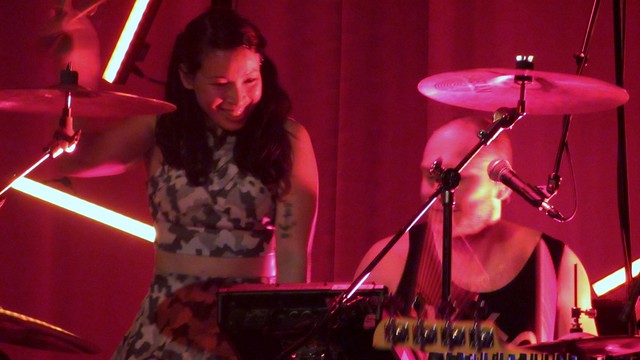
So, the more things change, the more they stay the same, et cet. Six years after deciding that he needed a change and left Atlanta, he had decided that he needed another change and returned to Atlanta. You never enter the same river twice and you don't live in the same city twice - it's changed after you've moved back and so have you.

His enthusiasm for alternative forms of jazz-based hip-hop continued, and one of his favorite bands of 1994 was Soul Coughing. He considered their post-hipster combination of hip-hop, folk-rock, and jazz to be just about the coolest thing imaginable and was excited to see them perform a free, in-store performance at Criminal Records.
Frontman Mike Doughty is currently performing stripped-down, "reimagined" versions of Soul Coughing songs, and 20 years after the 1994 show, he caught Doughty perform at Criminal Records again, albeit at a new location and in a solo, acoustic set. He caught Doughty again, this time with a full band, at Terminal West later that year.
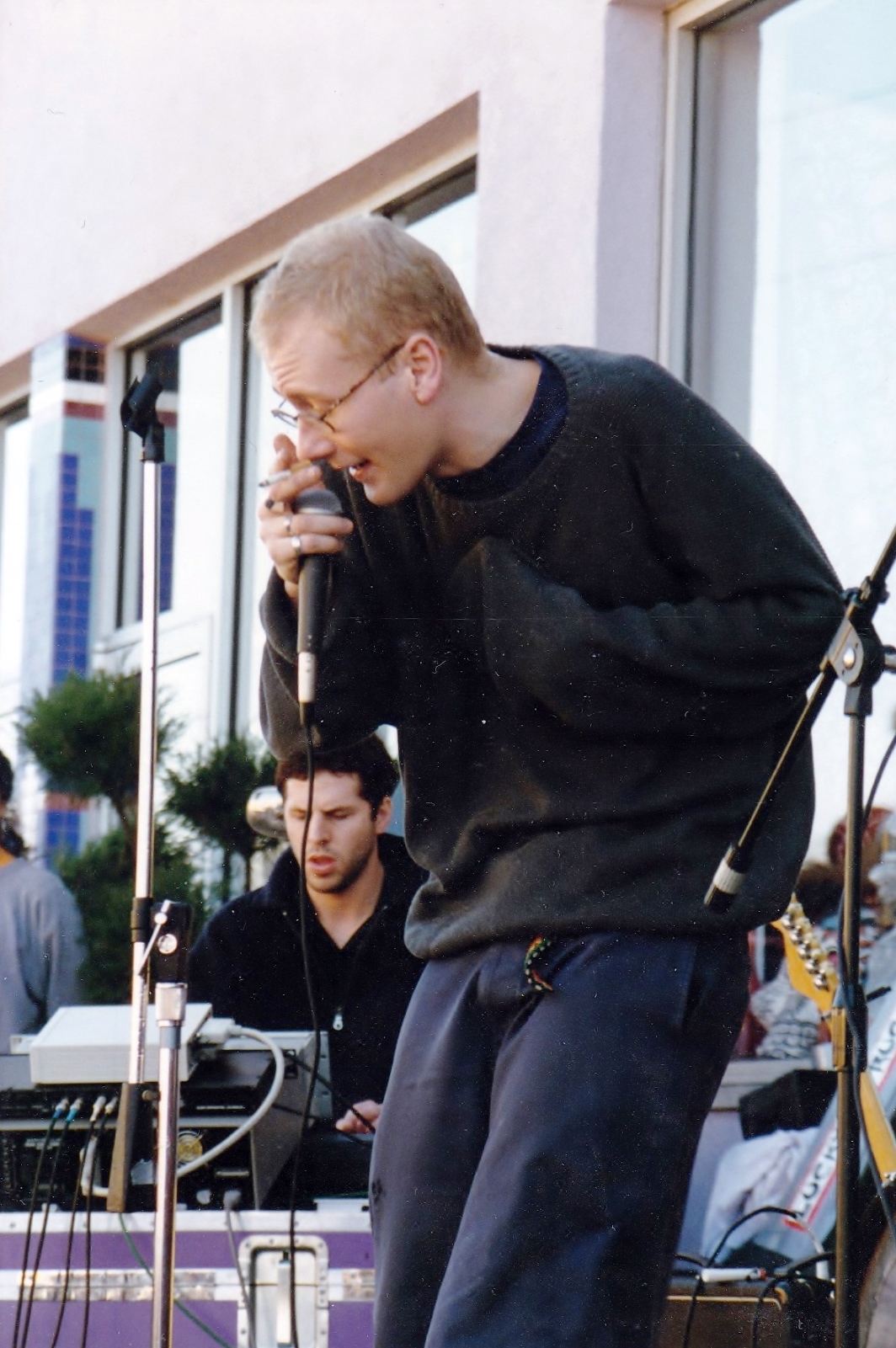
As with the years before, he listened to a lot of other music that year. One Saturday morning in 1994, he saw in the local newspaper that there was something called Music Midtown that was going to be held that very day on an undeveloped tract of land at Peachtree and 10th St. He went down on the spur of the moment and attended the inaugural event, and remembers seeing headliner James Brown for the one-and-only time in his life, as well as various other bands including Cake, Cracker, James, and Cowboy Mouth, but after that, it's mostly a blur of forgotten memories.
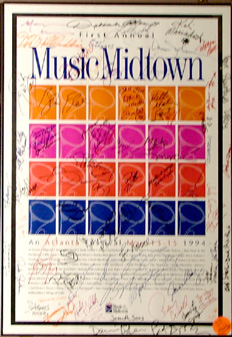
Fortunately, he took some pictures.
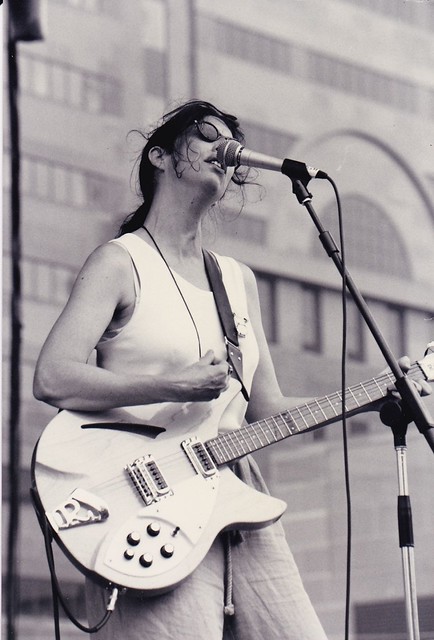 |
| Michelle Malone |
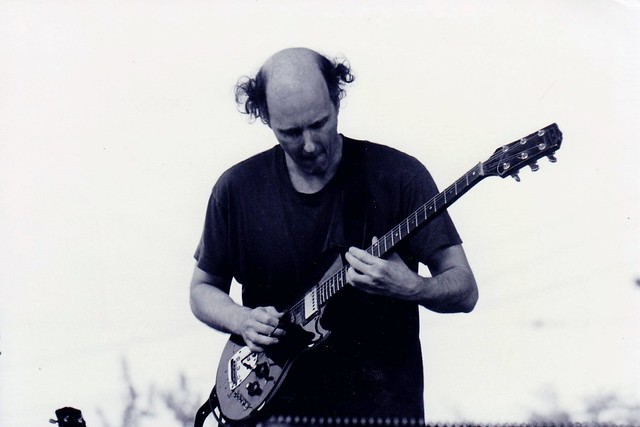 |
| Glenn Phillips |
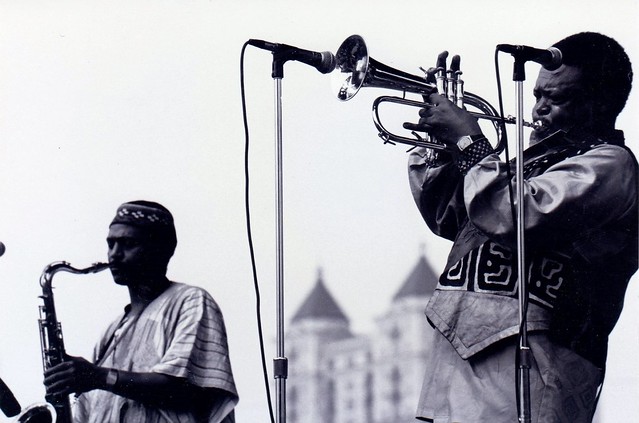 |
| Hugh Masakela |
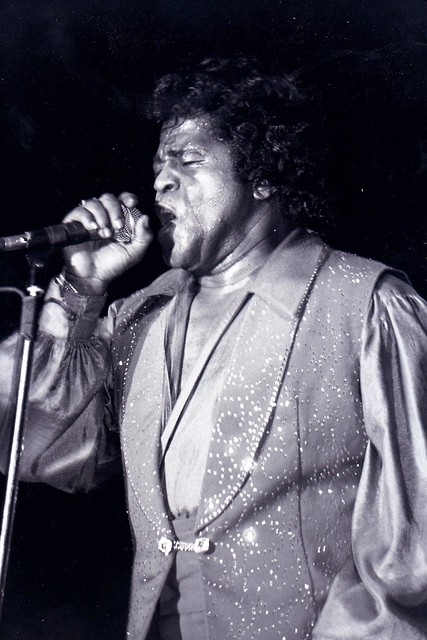 |
| James Brown |
For posterity's sake (and to attract Google hits), here's the line-up of the 1994 Music Midtown festival: Al Green, Allgood, Arturo Sandoval, Anson Funderburgh, Michelle Malone, Bela Fleck and The Flecktones, Billy Dean, Black Uhuru, Bobby Blue Bland, Brother Cane, Buddy Guy, The Charlatans, Cigar Store Indians, Cowboy Mouth, Cracker, Dallas County Line, Dash Rip Rock, Deborah Allen, Derek Trucks Band, Eddie Money, Five Eight, Flying Burrito Brothers, Glenn Phillips, Goose Creek Symphony, Hank Flamingo, Hugh Masakela, Hip Heavy Lip, James, James Brown, Jason & The Scorchers, Jimmy Dale Gilmore, Joan Baez, Jupiter Coyote, KC & The Sunshine Band, The Knack, Lee Roy Parnell, Leo Kotke, Marsha Ball, Mr. Pitiful's Blues Bandits, Murray Attaway, New Birth Missionary Baptist Church Music Ministry, Ottoman Empire, Peter Case, Radney Foster, The Radiators, Raven Symone, Rodney Crowell, Rusty Johnson, Saffire The Uppity Blues Women, Sam Philips, Sergio Salvatore, The Smithereens, Subsonics, Syd Straw, Thing 1 Thing 2, The Tramps, Uncle Green, The Vidalias, and Wild West Picture Show.









